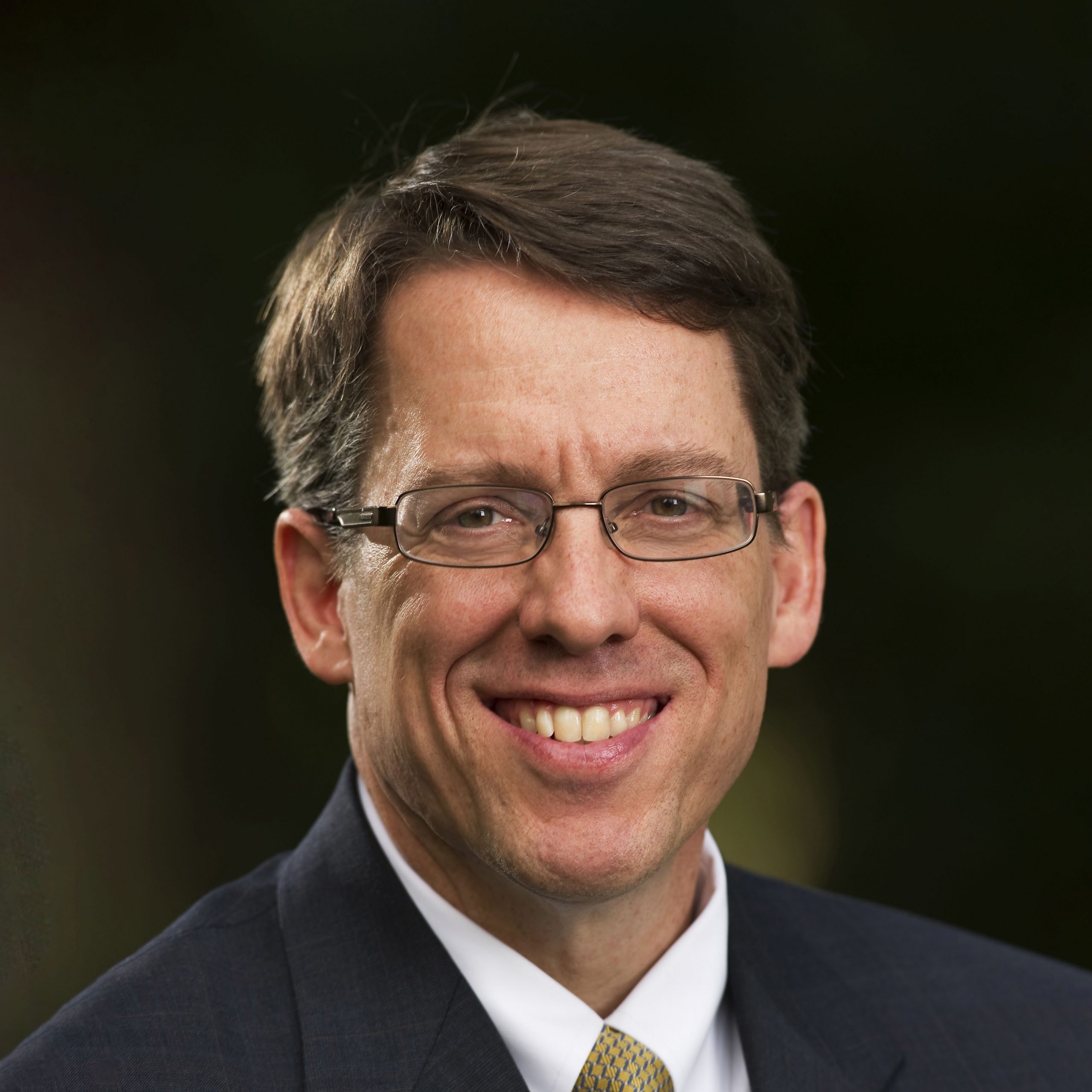A Proposal to Unplug Worship
March 5th, 2012
When we think about the legacy of the 16th century Reformation our minds quickly go to such sublime themes as justification by faith and the priesthood of all believers. However, if you actually lived in the 16th century, the biggest “felt” impact of the Reformation was in the area of worship. Prior to the Reformation, worshippers were largely passive. They watched as the Latin mass was sung, Psalms were chanted and the priest consecrated the Eucharist. The Reformation was a stark reminder that the word liturgy means the “work of the people.” The Reformation spawned an explosion of congregational hymn writing which produced such remarkable hymn writers as Martin Luther (A Mighty Fortress is our God), Isaac Watts (When I Survey the Wondrous Cross), Charles Wesley (O For a 1000 Tongues to Sing) and Fanny Crosby (Blessed Assurance). Within a few generations the church was singing again! Worship was active, not passive.
In our own day we have seen another explosion of wonderful hymn-writing. Great hymns such as How Deep the Father’s Love for Us (Stuart Townend), How Great is our God (Chris Tomlin), Blessed be Your Name (Matt Redman) can be heard in churches across the nation. Having preached in dozens of churches across the nation I have observed that contemporary worship services are almost invariably led by worship bands. A worship band normally includes a lead singer, two or three supporting vocalists, a bass guitar, an electric guitar and a drummer. There must be thousands of such bands across the nation. Perhaps your church has one. However, these bands are normally “plugged in” which means that their voices and instruments are electronically amplified. This, in turn, makes it very difficult to even hear yourself sing, not to mention the person next to you. The result (and I have observed this many, many times) is hundreds, if not thousands of worshippers, all standing and listening to the worship band, but not actively singing themselves. The worshippers are, to be fair, more engaged perhaps than at a concert, but, nevertheless, we are seeing increasingly passive worshippers. A hard fought battle of the 16th century may need to be fought all over again.
I have a proposed solution which is not all that radical, but could make the difference.
First, worship bands should emphasize acoustical sound rather than electronically amplified sound. In other words, we need a “worship unplugged” movement. We can increase the number of musicians and instruments if necessary and, in the case of very large sanctuaries, a modest acoustical amplification might be desirable. But the goal would be to primarily hear people singing and worshipping God rather than hundreds of people watching the worship band worship God. The “rule of thumb” would be this. If you cannot hear the person next to you singing, then the worship leaders are playing too loud.
Second, the lighting in the congregation should be raised, not dimmed, during the worship service. It is very common today for worship leaders to dim the lights of the sanctuary during the singing part of the worship service. As a worshipper, you may not be able to see people across the room or even down the row. However, the lights on the “stage” or “platform” are very bright which tends to focus the attention on the worship band rather than on the people. I actually think it makes better sense to keep the lights in the sanctuary on during worship. One of the big conceptual differences between the “chorus movement” and the earlier “hymn movement” is that the former tends to conceptualize an individual singing and worshipping God, whereas the latter tends to conceptualize the corporate people of God, singing. I think dimming the lights has tended to send the message that this is your “personal” time before the Lord. Since it is impossible to “compete” with the electronically amplified voices, people often either just stand and watch, or they quietly move their lips but don’t feel that “joining in” can really make a substantial difference.
Third, worship bands must reflect more on the “singability” of a proposed worship song. In the post-Reformation period when so many new hymns were being written, they were specifically written for the church to sing. This means that, generally speaking, they were simple rhythms set to predictable meters and were musically kept within a “normal” musical range for average voices. Today’s worship songs are normally taken from the music industry. These songs are far more complex, rarely have a regularized meter, were written to be “performed,” recorded and put out by professional singers. Even highly trained worship bands spend hours learning complex rhythms, various musical bridges and irregular vamps between various parts of the song. The goal often is to try and reproduce as close as possible how it sounded when it was professionally performed. Musicians may not realize how exceedingly difficult this is for the average congregation. If you add to this the fact that choruses have a much shorter “shelf life” than a typical hymn, then the turnover rate merely adds to an already challenging situation from a purely musical point of view. Thus, contemporary worship bands must either learn to write songs specifically for public worship (Stuart Townend is already doing this), or take performance level songs and adapt them into an act of worship.
If this modest proposal is followed, we might be able to reclaim one of the great gifts of the Reformation; namely congregations actively engaged in worship through joyful, vibrant singing!
Feedback
Please fill out the form below if you would like to provide feedback to Dr. Tennent concerning this blog entry.


